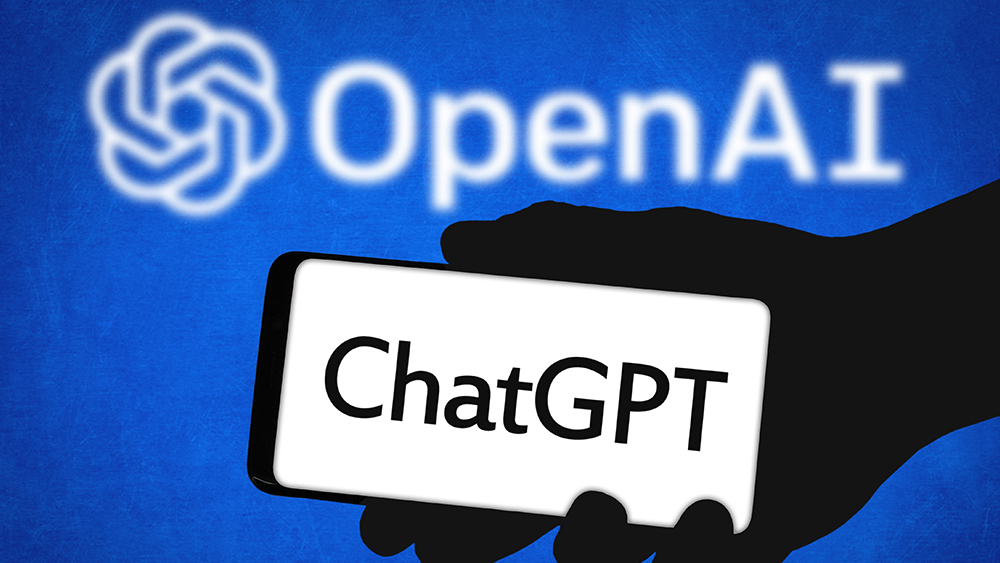
- Chinese Researchers Replicate OpenAI's o1 Model: In December 2024, researchers from Fudan University and the Shanghai AI Laboratory successfully replicated OpenAI’s advanced o1 reasoning model, a key step toward Artificial General Intelligence (AGI). This milestone highlights the global race for AI dominance and raises ethical and security concerns about open-sourcing powerful technologies.
- The o1 Model and Its Significance: OpenAI's o1 model, known as the "Reasoner," focuses on mastering complex reasoning tasks using reinforcement learning, search-based reasoning and iterative learning. Its replication by Chinese researchers, using synthetic training data, demonstrates advancements in adaptability and performance, pushing the boundaries of AI capabilities.
- Debate Over Open Source vs. Proprietary AI: The replication of the o1 model occurs amid a broader debate about open-sourcing advanced AI technologies. While OpenAI has shifted toward a closed, for-profit model, Chinese researchers have open-sourced their replicated reasoning systems, fostering innovation but also raising risks of misuse in areas like cybersecurity and autonomous weaponry.
- Emergence of LLaVA-o1: Chinese researchers introduced LLaVA-o1, a vision-language model (VLM) that challenges OpenAI's o1 model. LLaVA-o1 uses a structured, multistage reasoning process and a novel inference-time scaling technique, outperforming both open-source and some closed-source models like GPT-4-o-mini and Gemini 1.5 Pro.
- Intensifying Global AI Race: The rapid advancements by Chinese researchers, including the release of models like Deepseek R1 and Marco-1, have narrowed OpenAI's lead in complex reasoning tasks. This intensifying competition underscores the need for international collaboration, ethical governance and security measures to address shared challenges and ensure equitable AI development.
In a groundbreaking development, Chinese researchers from Fudan University and the Shanghai AI Laboratory have successfully replicated OpenAI's advanced o1 reasoning model, a cornerstone in the race toward Artificial General Intelligence (AGI).
This achievement, reported in December 2024, marks a significant milestone in AI development but also raises critical questions about the ethics of open-sourcing powerful technologies and the implications for global AI security.
As nations and organizations vie for dominance in AI innovation, this breakthrough underscores the accelerating pace of technological advancement and the growing tension between collaboration and competition in the field.
The o1 Model: A leap toward AGI
OpenAI's o1 model, known as the "Reasoner," represents the second stage in the organization's five-phase roadmap to AGI. It focuses on mastering complex reasoning tasks, a foundational capability for developing more advanced AI systems. The model integrates three core techniques: reinforcement learning, search-based reasoning and iterative learning. These methods enable the o1 model to tackle intricate problems with remarkable precision, often outperforming human problem-solving in specific domains.
The replication of this model by Chinese researchers highlights the global race to achieve AGI, a form of AI capable of performing any intellectual task that a human can do. By reverse-engineering OpenAI's methodologies, the Chinese team developed their own reasoning systems using synthetic training data, a novel approach that enhances adaptability and performance across diverse tasks. This innovation not only accelerates training but also exposes the model to a broader range of problem-solving scenarios, pushing the boundaries of what AI can achieve. (Related: Why China will win the race for AI supremacy as US efforts collapse under woke, irrational demands for AI censorship.)
Open source vs. proprietary AI
The replication of OpenAI's o1 model comes amid a broader debate over the open sourcing of advanced AI technologies. OpenAI, once a proponent of open-source development, has shifted toward a more closed, for-profit model, citing concerns over security risks and the high costs of developing cutting-edge AI systems. However, this shift has inadvertently encouraged other nations, including China, to reverse-engineer and open-source similar technologies.
The decision by Chinese researchers to open-source their replicated reasoning models adds complexity to this landscape. While open-sourcing fosters innovation and democratizes access to advanced AI, it also increases the risk of misuse, particularly in areas like cybersecurity, misinformation campaigns and autonomous weaponry. This tension between proprietary advancements and open-source collaboration underscores the need for robust AI governance frameworks to balance innovation with security.
LLaVA-o1: A new challenger in multimodal reasoning
In a parallel development, Chinese researchers have unveiled LLaVA-o1, a new vision-language model (VLM) designed to challenge OpenAI's o1 model. LLaVA-o1 introduces a structured, multistage reasoning process that breaks down complex tasks into four distinct stages: summary, caption, reasoning and conclusion. This approach, inspired by OpenAI's inference-time scaling, allows the model to manage its reasoning process independently, improving performance on complex tasks.
LLaVA-o1 also employs a novel inference-time scaling technique called "stage-level beam search," which generates multiple candidate outputs at each reasoning stage and selects the best one to continue the process. This method, combined with a dataset of 100,000 image-question-answer pairs, has enabled LLaVA-o1 to outperform not only other open-source models but also some closed-source models like GPT-4-o-mini and Gemini 1.5 Pro.
"We observe that VLMs often initiate responses without adequately organizing the problem and the available information," the researchers wrote. "Moreover, they frequently deviate from a logical reasoning toward conclusions, instead of presenting a conclusion prematurely and subsequently attempting to justify it. Given that language models generate responses token-by-token, once an erroneous conclusion is introduced, the model typically continues along a flawed reasoning path."
Global AI race intensifies
The rapid advancements by Chinese researchers highlight the intensifying competition in the global AI race. Just days after the release of OpenAI's o1-preview model, three new AI models from Chinese developers – Deepseek R1, Marco-1 and OpenMMLab's hybrid model – entered the fray, challenging OpenAI's dominance in complex reasoning tasks. This acceleration in innovation has narrowed OpenAI's lead from five months with GPT-4 to just two and a half months with the o1-preview model.
Meanwhile, other players like Anthropic are upping the stakes with initiatives like the Model Context Protocol (MCP), which simplifies AI-data integration and broadens access to advanced AI capabilities. These developments underscore the growing competitiveness of the AI landscape and the need for international collaboration to address shared challenges, such as ethical considerations, security risks and the equitable distribution of AI's benefits.
What lies ahead for AI development?
As the global race for AI innovation continues, the replication of OpenAI's o1 model and the development of LLaVA-o1 serve as reminders of the rapid pace of technological advancement. These breakthroughs highlight the profound implications of AI technologies and the urgent need for ethical governance, international cooperation and robust security measures.
The future of AI development will likely see a progression from reasoning models like the o1 to agent-based AI systems capable of interacting with and taking actions in real-world environments. Techniques such as reward modeling and reinforcement learning will play a pivotal role in this transition, enabling AI systems to adapt to dynamic scenarios and learn from real-time feedback.
Ultimately, the replication of OpenAI's o1 model and the rise of challengers like LLaVA-o1 underscore the dual nature of AI development: a source of immense potential and a catalyst for complex ethical and security challenges. As nations and organizations push toward AGI, the need for responsible innovation and global collaboration will remain paramount to ensuring that AI's transformative potential is harnessed for the benefit of all.
Follow FutureTech.news for more news about the latest AI models.
Watch the video below to know more about OpenAI's new breakthrough in artificial intelligence.
This video is from the Natural Intelligence channel on Brighteon.com.
More related stories:
Joshua Hale on Decentralize TV: The importance of decentralized AI SYSTEMS.
Sources include:
Please contact us for more information.




















